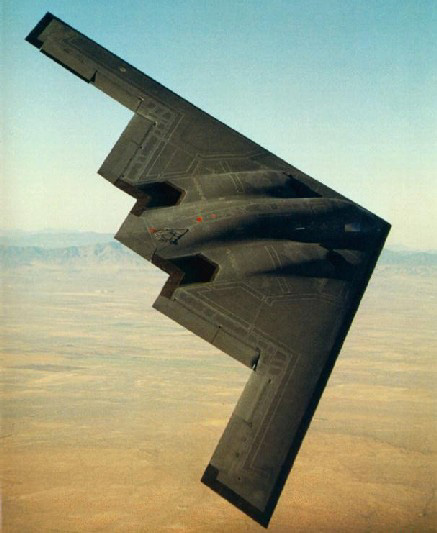if that doesn't work, here's the link: http://www.supercars.net/Pics?viewPic=y ... pID=851569
and more detailed: http://www.supercars.net/Pics?viewPic=y ... pID=851570


Apologies, but that is an interesting concept. The outside wheels load up when cornering, but the inside wheels don't unload... The increased vertical load would imply that extra weight has appeared from somewhere, I think.BreezyRacer wrote:It looks as though there are add on springs, which might act as a helper spring to derive a rising rate suspension in bump, but perhaps not droop. It's effect would be something on the order of an anti-roll bar except that it doesn't unload the inside tire under cornering.
And what makes you think it´s not optimised, if I may ask? We are talking Aston Martin here, I think they know what they´re doingmep wrote:These damper arangement might be clever,
but the only thing you see on the pictures is this massive aluminium block,
which looks way to heavy.
They should optimise this part.


It looks pretty optimised to me..tomislavp4 wrote:Interesting arrangement indeedHope someone caan shed some light on it soon.
And what makes you think it´s not optimised, if I may ask? We are talking Aston Martin here, I think they know what they´re doingmep wrote:These damper arangement might be clever,
but the only thing you see on the pictures is this massive aluminium block,
which looks way to heavy.
They should optimise this part.
No apologies needed. What actually occurs is that the true roll center moves, because the springing variance between the loaded side and unloaded side forces a roll center location change dynamically. To a similar extent you get a similar effect with bump/rebound settings, though then only with initial weight transfer.DaveW wrote:Apologies, but that is an interesting concept. The outside wheels load up when cornering, but the inside wheels don't unload... The increased vertical load would imply that extra weight has appeared from somewhere, I think.BreezyRacer wrote:It looks as though there are add on springs, which might act as a helper spring to derive a rising rate suspension in bump, but perhaps not droop. It's effect would be something on the order of an anti-roll bar except that it doesn't unload the inside tire under cornering.
First, I have to thank you. Your posts have made me think about compound front springs, long bumps rubbers, & the like. They are used widely in modern road vehicles &, much less widely, in competition vehicles.BreezyRacer wrote:What actually occurs is that the true roll center moves, because the springing variance between the loaded side and unloaded side forces a roll center location change dynamically. To a similar extent you get a similar effect with bump/rebound settings, though then only with initial weight transfer.
Wow. that was quite a long post. I would say that compound roll stiffness is here now and will be into the future for as long as I can envision. Why? Because ride height and CG are the most important considerations to steady state handling due to aero and the natural benefits of low CGs. Therefore suspension design/tuning is largely a game of controlling the limited ride height that you have to work with. The interactions between anti roll bars, roll centers, spring rates, bump rubbers, dampening, tire deflections, etc all play into this balance. Personally I prefer to use minimal bars, stiff springing, and finely tuned bump rubbers, at least for a performance application. The closer you get to a "street" setup the more bar and less springing you use.DaveW wrote: I have to conclude that compound springs are a mixed blessing. They can help one aspect of performance, but they compromise others (increasing sprung mass c.g. height in a turn is not a good idea by itself). Overall, I believe that sensible geometry, linear springs, appropriate damping "styles", and an efficient arb usually yields the best solution, particularly for high performance vehicles. How that relates to the present topic is anybody's guess.
I rig test customer vehicles. Everything from F1 to OE production & get to see around 100 per year (from both sides of the Atlantic). In my view, the primary function of a rig test is to understand a vehicle, to establish limits to set-up determined by the vehicle & its tyres, & (sometimes) to reveal features of a vehicle not intended by its designer. What I do often makes a vehicle quicker/better on-track, but I can't pretend that I am solely responsible for that. I also rely on the race team/development driver to make sensible decisions. On the other hand, I can unravel a screwed up vehicle fairly quickly, something that is hard to do subjectively.BreezyRacer wrote:Rig testing. That's got to be pretty cool. Do you do race cars or production cars? So do you consider rig testing to be the "be all end all", or is that just one more layer of diagnosis that goes into it before hitting the test track? I can guess that, after building up some experience, you can test without needing any track testing.
Is rig testing superior to computer simulations?